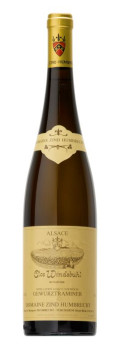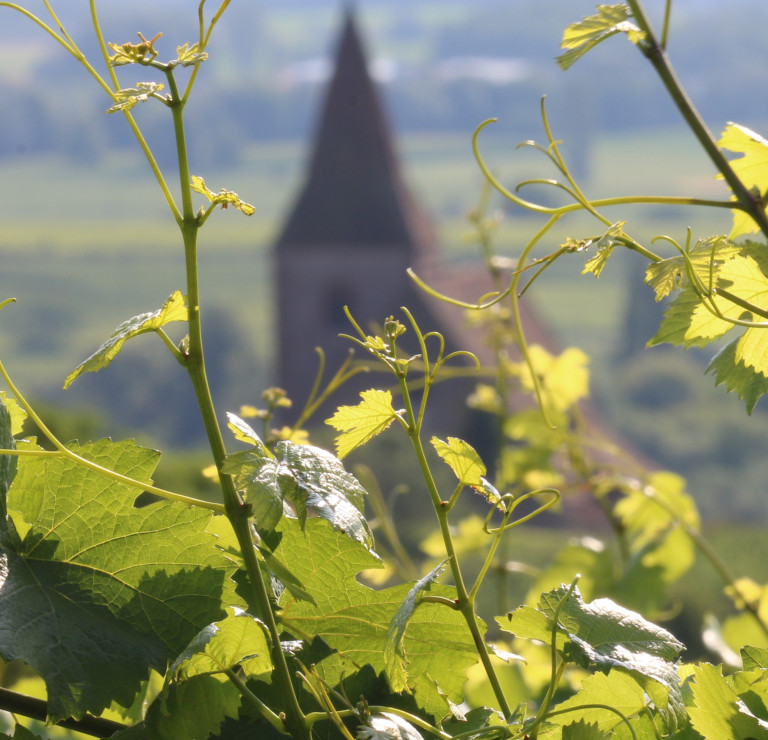
Technical presentation
| Bottling : | July 2007 |
|---|---|
| Acquired alcohol : | 14.5° |
| Residual sugar : | 32.2 g/l |
| pH : | 3.73 |
| Yield : | 38 hl/ha |
| Optimum tasting : | 2008-2026 |
| Average age of vines : | 36 years |
| Grape variety : | Gewurztraminer |
| Terroir : | Clos Windsbuhl |
| Sweetness index : | 3 |
| Soil : | Muschelkalk calcareous, South East facing, South facing |
Description of the wine Gewurztraminer Clos Windsbuhl 2006
The cool climate of the Clos Windsbuhl is ideal for late ripeness, as the botrytis develops late and more often into noble rot. Certainly the higher altitude and direct proximity of the forest influences the local climate of the Clos. Usually calcareous soils are associated with important layers of marl or clay, which have a cooling effect, but this isn’t the case in the Windsbuhl. The Muschelkalk rock is quite poor, there are a lot of rocks in the vineyard, and this helps to compensate the cooler climate, by allowing the soil to warm up quicker, especially late in October, when the sun is rarer. The proximity of the forest, some grazing land (where we keep our sheeps) and a small lake (pound) also help biodiversity. It is in the Windsbuhl and Rangen that we find the widest range of plants growing wild. The 2006 Windsbuhl was harvested very ripe, at the limit of VT, and kept a significant amount of sweetness.

Tasting notes
1/2008: the nose is typical of the Windsbuhl vineyard: lots of elegant/delicate floral influence, but nothing is extravagant. It is a very subtle wine. The palate shows sweetness, not the kind that really makes it a dessert wine, but enough to make it also enjoyable without food. There is good acidity on the finish, but this is classic for the Windsbuhl, I shouldn’t have to mention it.

The Clos Windsbuhl of Hunawihr
The altitude of the vineyard coupled with Hunawihr’s tardy climate means that the Clos Windsbuhl is often one of the last of our vineyards to be harvested. This explains the aromatic quality of the Clos’ wines and the consistent balance of acidity, a guarantee of good ageing. Although often harvested late, the Windsbuhl grapes are only rarely botryitized, doubtless due to the altitude of the vineyard, but nevertheless often reach high levels of maturity.